As screen time continues to rise among young children, many parents are looking for quick, meaningful ways to keep their kids engaged without relying on digital devices. Ioana Axinte, founder of the Play Moments app, has spent years developing screen-free, science-backed activities that support learning and connection at home. Designed for children aged 3–8, her approach focuses on using everyday moments and household items to build social-emotional skills through quick and easy off-screen activities. In this guide, Ioana shares ten practical tips to help parents on how to support their children’s’ development at home in simple ways.
Why this matters now
Automation, AI and always-on media are reshaping childhood. Yet the skills children need to succeed in life, like focus, adaptability, empathy, curiosity, and collaboration, aren’t taught by screens; they’re developed through real-world, hands-on experiences.

The big idea
Almost 90% of a child’s brain development happens before the age of 5. The everyday moments you share, play, talk, hugs, stories, are literally shaping who they become by laying the foundation for learning, health and lifelong wellbeing.
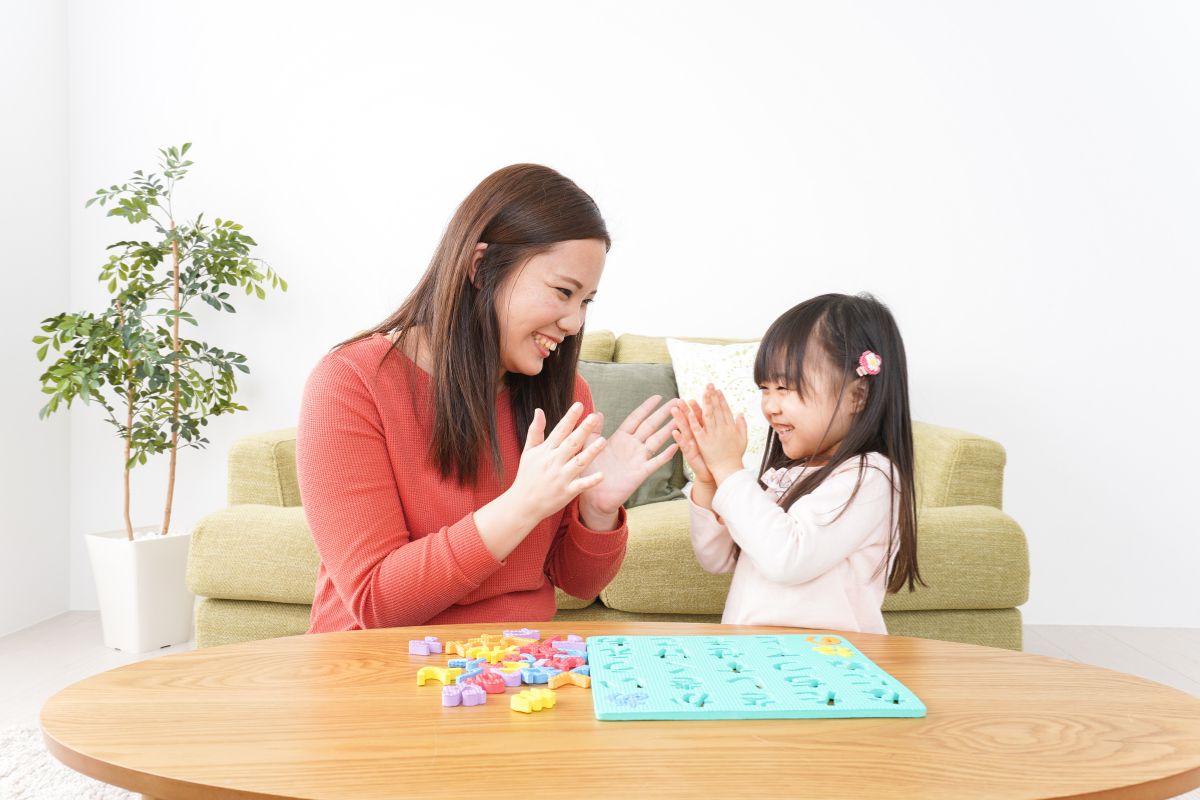
The science
A child’s brain is built through serve-and-return exchanges and just-right challenges. When adults notice a cue, respond, and gently scaffold the next step, children practise language, self-regulation, problem-solving and confidence. Warm, responsive relationships are the active ingredient; they wire the very circuits kids will need to learn, relate and lead in an unpredictable future.

Below are ten screen-free simple ways you can use today by embedding them into the family routine:
1. Serve-and-Return Ritual
One of the most powerful things we can do as parents is simply respond. When we mirror a baby’s coo or follow a toddler’s lead, we’re wiring their brains for language, attention and trust. It’s less about saying the right thing, and more about showing we’re tuned in.
Why it works: Child-led back-and-forth exchanges wire language, focus and trust. Do it in 5 minutes: Drop to eye level, mirror a sound or action, pause, then add a simple word: “Dog, big, spotty dog!” Stretch: Turn nappy changes, bath time or school pick-up into mini chat sessions.
Age tweaks:
- 0–2: Copy babbles, claps, facial expressions.
- 3–5: “Tell me three things you saw today.”
- 5–8: One-minute “high / low / learned” recap. Skills built: Language, attention, social connection.
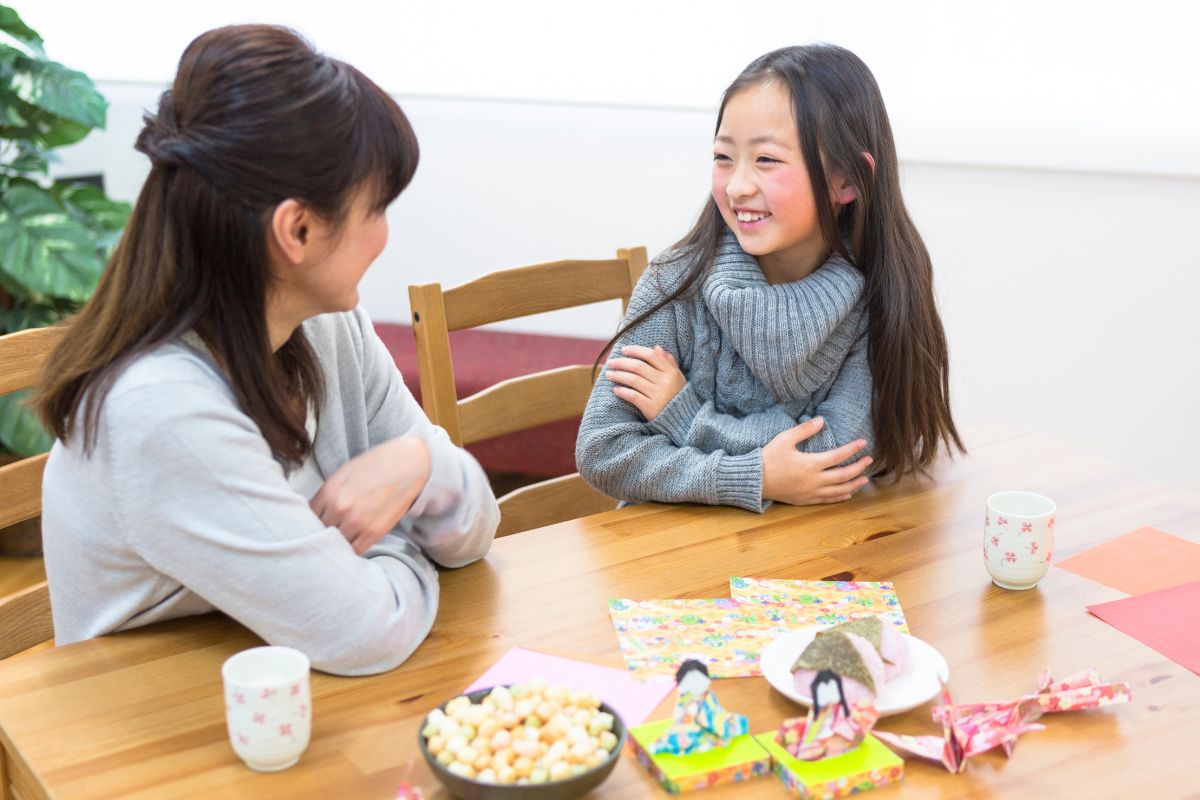
2. Storytime That Talks Back
Reading aloud is a classic for a reason, but the real magic happens when we invite children into the story. Asking open questions or wondering out loud builds their vocabulary and emotional insight, and makes reading feel like a shared adventure rather than a solo task.
Why it works: Dialogic reading blends shared attention, new words and emotion coaching. Do it in 5 minutes: Read a page, pause to wonder: “What might happen next?” Stretch: Act out a scene or change the ending together.
Age tweaks:
- 0–2: Point and name pictures with big gestures.
- 3–5: “Find all the things that start with S.”
- 5–8: Keep a “new words” list, use them at dinner. Skills built: Vocabulary, empathy, sustained attention.
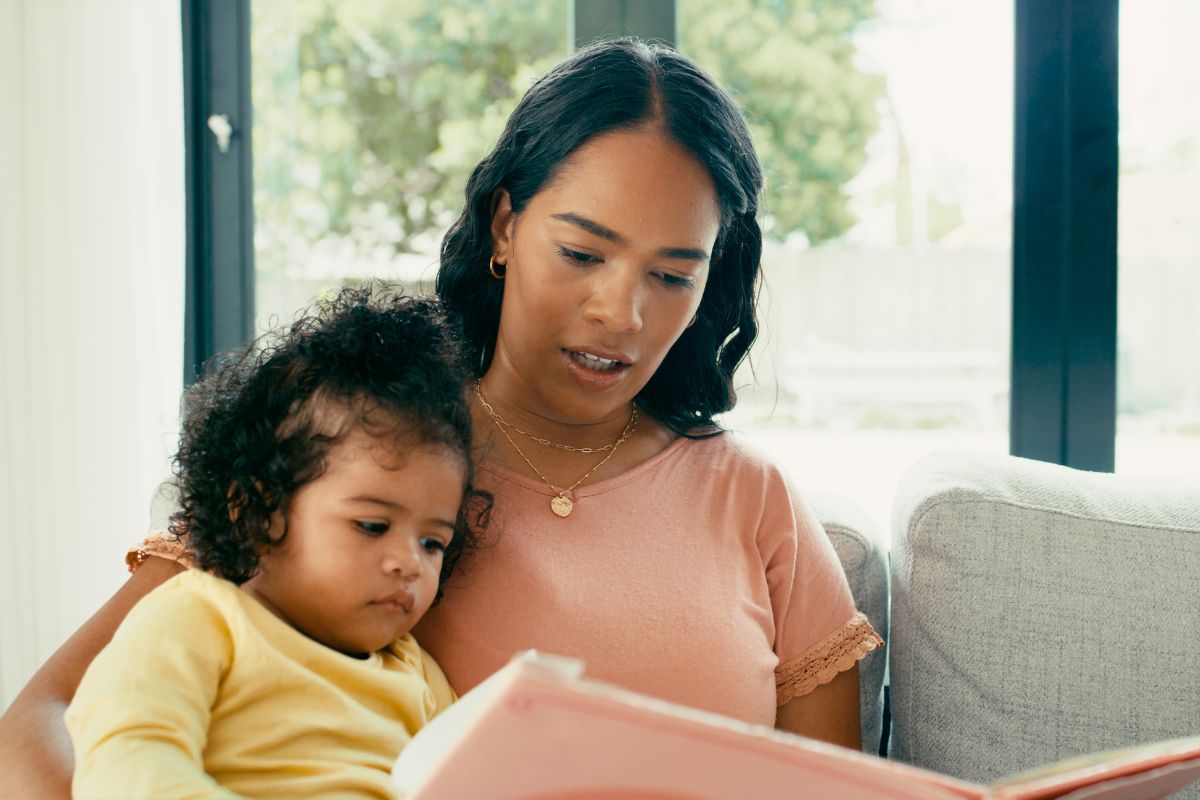
3. Goldilocks Challenge
Children thrive when they’re stretched just enough; not too easy, not too hard. I always encourage parents to look for those “almost but not quite” moments: a tricky zip, a tall tower, a near miss. That’s where confidence grows.
Why it works: Tasks that are “just-right” stretch persistence and problem-solving. Do it in 5 minutes: Add one extra block to the tower; zip one sleeve solo. Offer hints, not answers. Stretch: Weekend project, build something that reaches your child’s shoulder.
Age tweaks:
- 0–2: Stack, fill, dump chunky blocks.
- 3–5: Balance a book on the head for five steps.
- 5–8: Add a time limit or weight constraint. Skills built: Executive function, resilience, self-confidence.
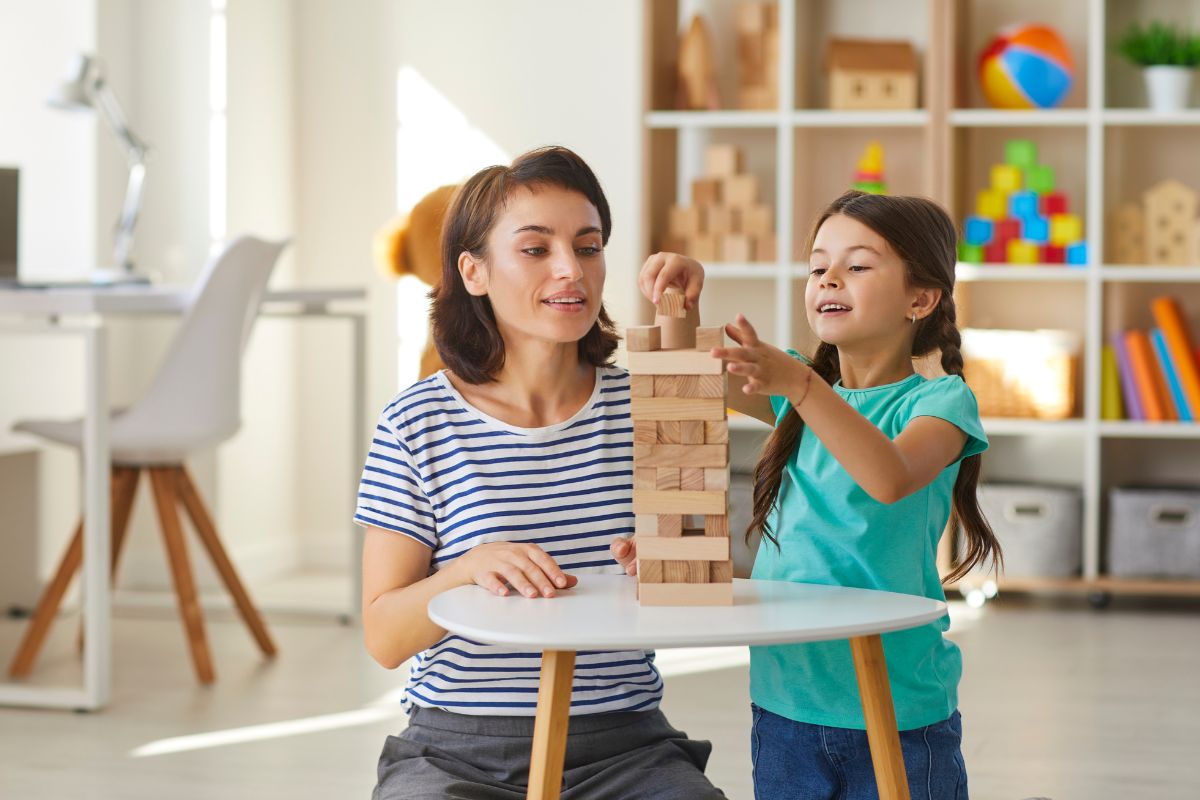
4. Pace for Processing
We often rush children without realising. Their brains are still developing the ability to take in, make sense of, and respond to what we say. Pausing – really pausing – can be the difference between frustration and connection.
Why it works: Young brains need extra beats to think and reply. Do it in 5 minutes: Ask a question, then silently count to ten. Slow speech and movements during transitions. Stretch: Build a “slow hour” once a week, no rushing, no hurrying words.
Age tweaks:
- 0–2: Wait for eye contact before responding.
- 3–5: Use a sand timer to show wait time.
- 5–8: Teach them to ask for “thinking time.” Skills built: Focus, patience, conversational turn-taking.
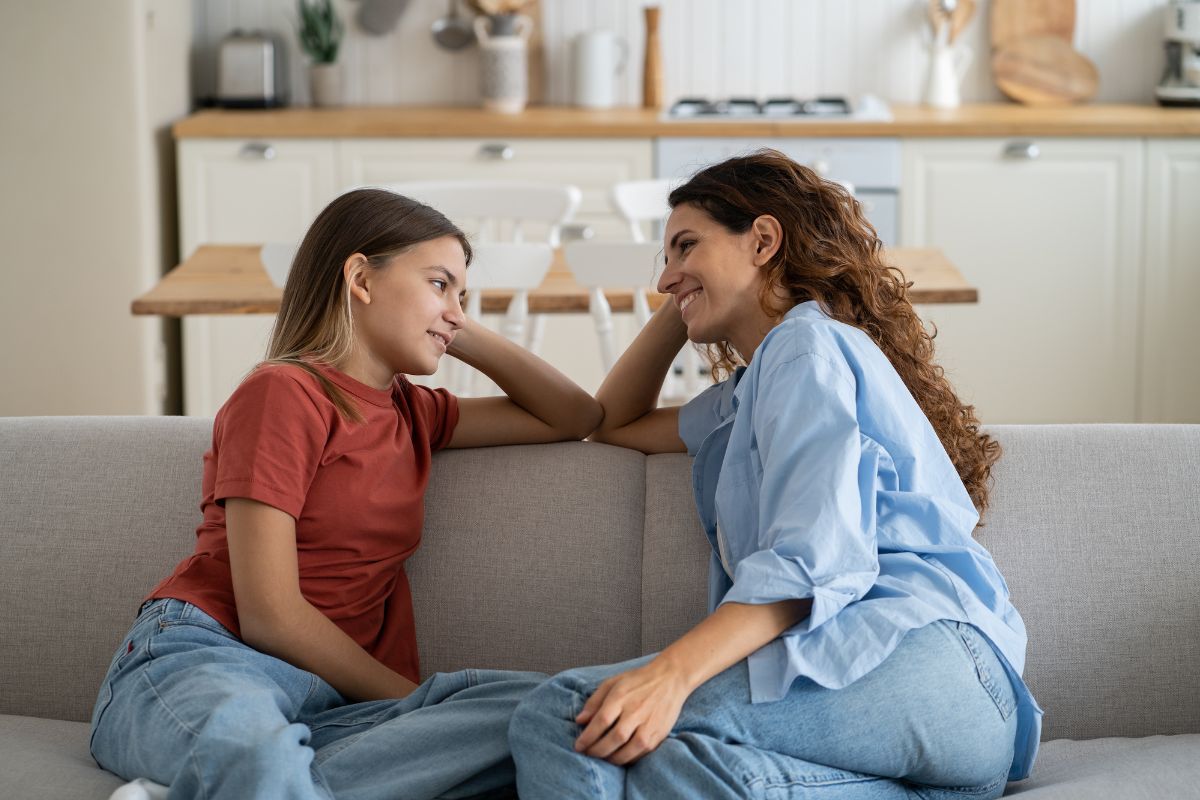
5. Name Feelings in Real Time
Emotions can feel big and overwhelming for kids. When we name them as they happen, we’re helping children make sense of what’s going on inside. It’s a simple habit that builds lifelong emotional resilience.
Why it works: Labelled emotions become manageable emotions. Do it in 5 minutes: “That zip is tricky, you’re frustrated. Let’s try slow belly breaths.” Stretch: Keep a feelings chart; pick a coping strategy together.
Age tweaks:
- 0–2: Mirror facial expressions, say one feeling word.
- 3–5: Match feelings to colours or weather icons.
- 5–8: Reflect on triggers and plan “next-time” strategies. Skills built: Emotional literacy, self-regulation, empathy.
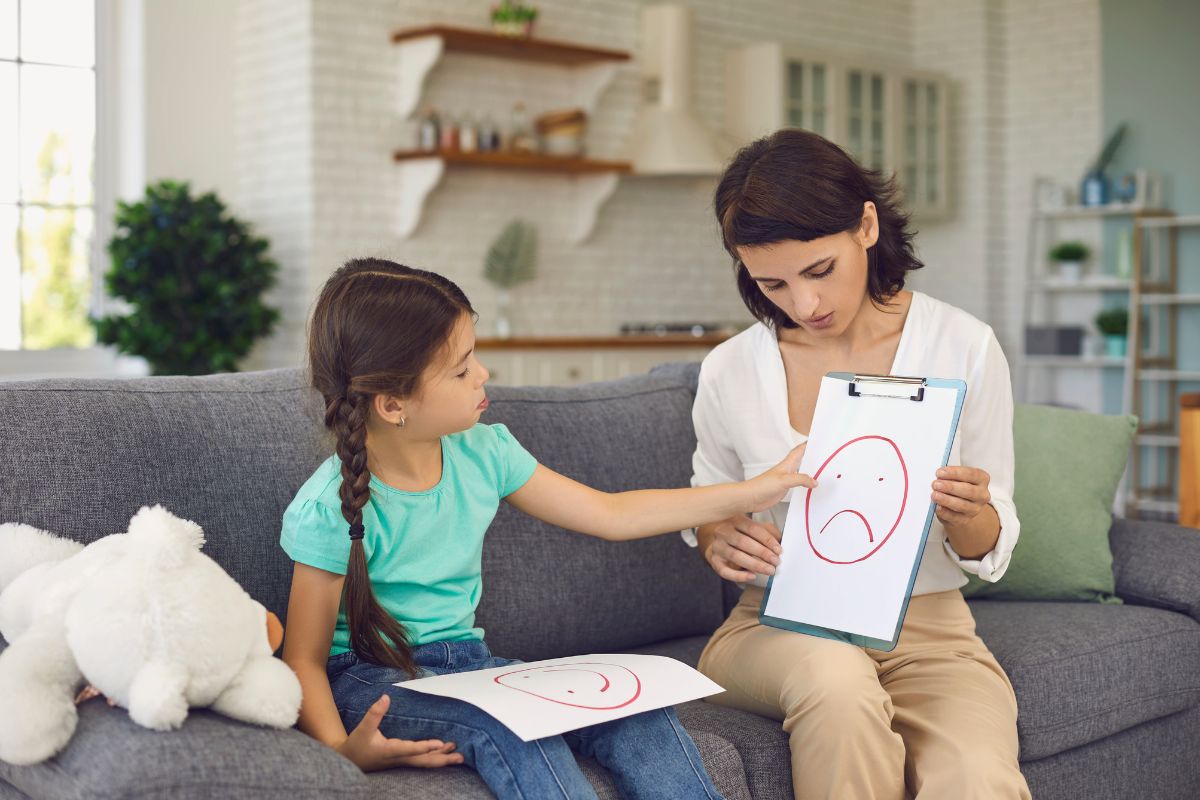
6. Co-Regulate First, Educate Later
A dysregulated child can’t learn. So before we teach, we soothe. If there’s one phrase I return to again and again with families, it’s this: “Calm first, then talk.” Children borrow our calm before they can find their own.
Why it works: Children borrow our calm before they can make their own. Do it in 5 minutes: Big feeling? Soften voice, offer a cuddle, move to a quieter spot. Debrief afterward. Stretch: Create a cosy “calm corner” with pillows, soft light and sensory toys.
Age tweaks:
- 0–2: Rock gently, hum a slow tune.
- 3–5: Teach belly-breathing with a soft toy on the tummy.
- 5–8: Introduce a simple body-scan or counting breath. Skills built: Stress recovery, trust, self-soothing toolkit.

7. Kitchen Helpers = Mini STEM Lab
You don’t need fancy toys to teach big ideas. The kitchen is full of opportunities for fine motor skills, early maths and science – just by inviting your child to stir, pour or taste with you. Narrate what’s happening, and learning will follow.
Why it works: Hands-on food prep blends fine-motor work with early maths and science. Do it in 5 minutes: Rinse veg, pour oats, whisk eggs, narrate textures and amounts. Stretch: “Recipe R&D”: taste-test sweet vs. sour, thick vs. thin.
Age tweaks:
- 0–2: Transfer dry beans between bowls with a spoon.
- 3–5: “Half the tomatoes here, half there.”
- 5–8: Read a recipe and scale it up or down. Skills built: Coordination, numeracy, sensory regulation.

8. Big-Body Play with Rules
Rough-and-tumble play gets a bad rap, but when it’s safe and guided, it teaches vital skills; like self-control, taking turns, and reading social cues. The key is to add structure: start/stop signals, freeze moments, or silly rules that make them think.
Why it works: Rough-and-tumble (with start/stop signals) teaches self-control and consent cues. Do it in 5 minutes: Dance break, pillow “crash & freeze,” animal walks. Stretch: Obstacle loop, cushion jump, tunnel crawl, balance line.
Age tweaks:
- 0–2: Gentle bouncing, rolling on a mat.
- 3–5: “Statues”: freeze when the music stops.
- 5–8: Timed shuttle runs or hallway bowling with socks. Skills built: Balance, coordination, emotion regulation.

9. Nature Minutes: Green Time, Not Screen Time
Even a few minutes outside can reset a child’s nervous system. I tell parents: it doesn’t need to be a full-day hike. A walk around the block or a moment barefoot in the grass is enough to activate the senses and spark curiosity.
Why it works: Outdoor sensory input calms stress and sparks curiosity. Do it in 5 minutes: “Five-senses scavenger”: find something rough, tiny, or sweet-smelling. Stretch: Keep a pocket notebook; sketch one leaf a day.
Age tweaks:
- 0–2: Barefoot grass time (weather permitting).
- 3–5: Collect three “treasures” and sort by size/colour.
- 5–8: Micro-missions: identify birds, clouds or tree types. Skills built: Observation, sensory integration, emotional balance.

10. The Maker Minute
Creativity isn’t about crafts or Pinterest projects, it’s about problem-solving with whatever’s at hand. Give kids some open-ended materials and step back. You’ll be amazed what they come up with when there’s no single “right” answer.
Why it works: Open-ended materials fuel creativity and flexible thinking. Do it in 5 minutes: Offer a basket of boxes, tape, pegs, fabric; ask, “How could we build a bridge for your cars?” and step back. Stretch: Weekly “design review”, what worked, what to try next.
Age tweaks:
- 0–2: Explore textures—scrunch, stack, dump safely.
- 3–5: Build a ramp so a car rolls 50 cm.
- 5–8: Add design constraints: height, weight or time limit. Skills built: Creativity, problem-solving, perseverance.
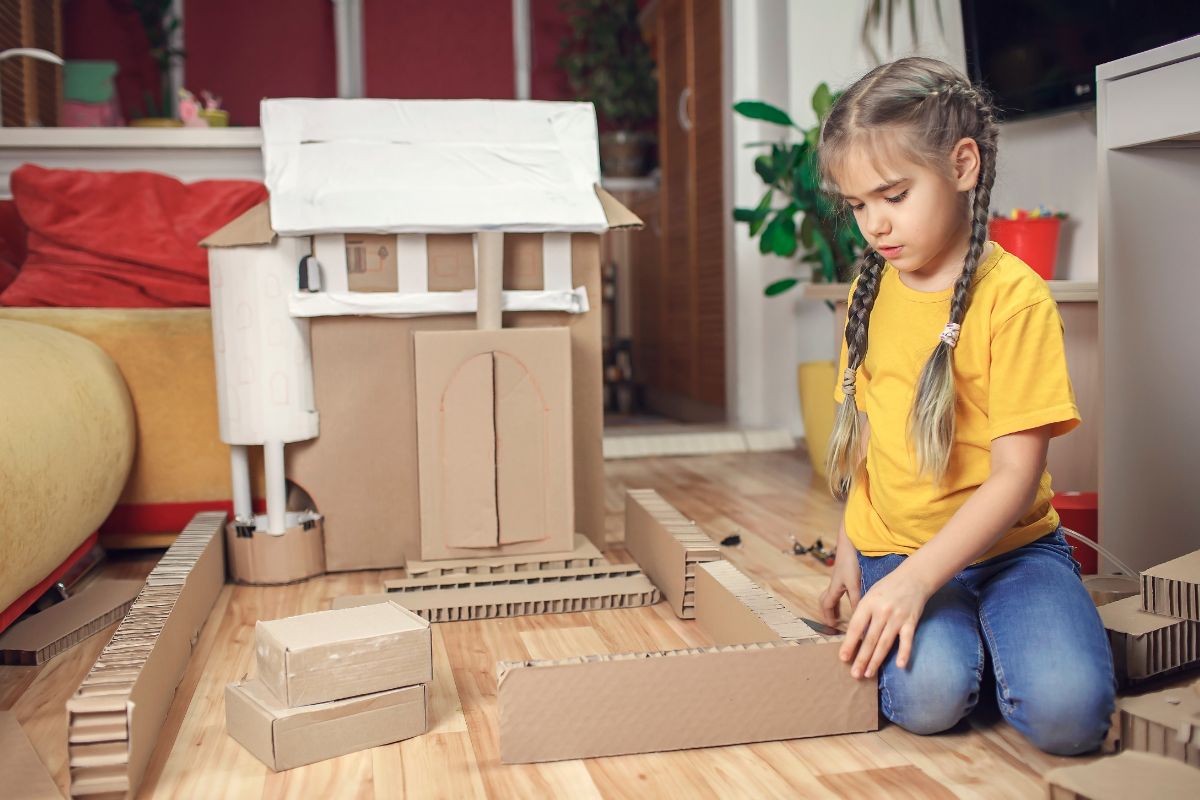
How to make it stick (for busy families)
Anchor to routines: Pair two ideas with set moments (after breakfast = 5-minute serve-and-return; after school = adventure run).
Rotate, don’t add: Keep a short list on the fridge and swap activities weekly to avoid clutter and decision fatigue.
If screens appear: Treat them like tools, short, purposeful, and co-viewed when possible. Talk about what you watch together.

A note on screens
Screens are part of modern life; the aim isn’t zero, it’s balance. Use the screen-free ideas above to keep your relationship at the centre; the richer the real-world connection, the better children can focus, communicate and self-regulate when technology does appear. Treat screens as another shared experience: talk together about what you’re watching, set clear time and place agreements, revisit the rules as they grow, and model the boundaries you expect.
About the expert
 Ioana Axinte is an education expert and early-years entrepreneur focused on turning developmental science into simple, joyful routines at home. She is the co-founder of Play Moments, a parent-led, app that delivers personalised, 5-minute, screen-free activities to support language, self-regulation and confidence – meeting families where they are, in the moments that matter. Spark, Play Moments’ activity generator, learns about each family’s routines and needs, then creates personalised ideas in seconds. Find out more at spark.playmoments.app
Ioana Axinte is an education expert and early-years entrepreneur focused on turning developmental science into simple, joyful routines at home. She is the co-founder of Play Moments, a parent-led, app that delivers personalised, 5-minute, screen-free activities to support language, self-regulation and confidence – meeting families where they are, in the moments that matter. Spark, Play Moments’ activity generator, learns about each family’s routines and needs, then creates personalised ideas in seconds. Find out more at spark.playmoments.app


